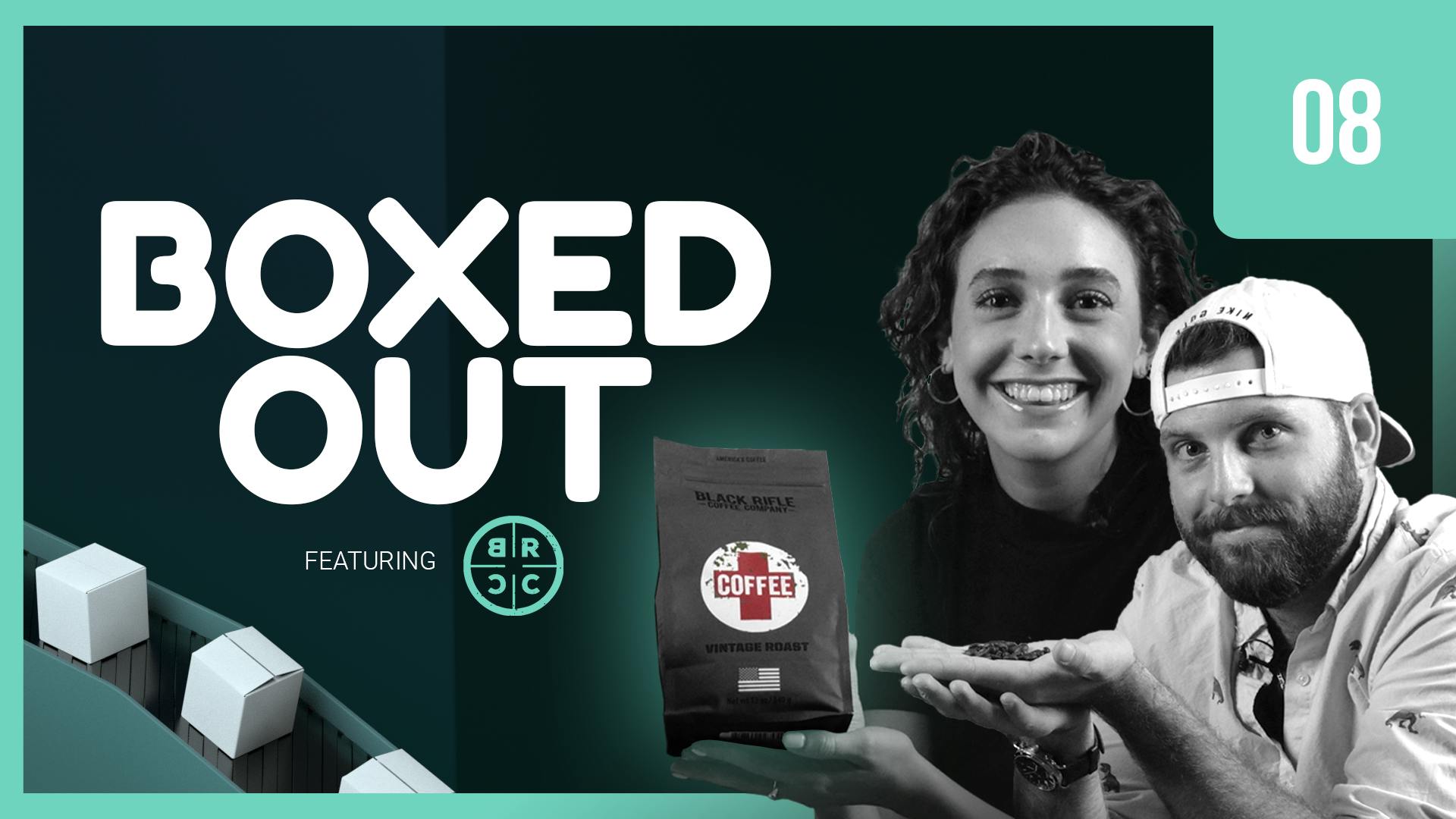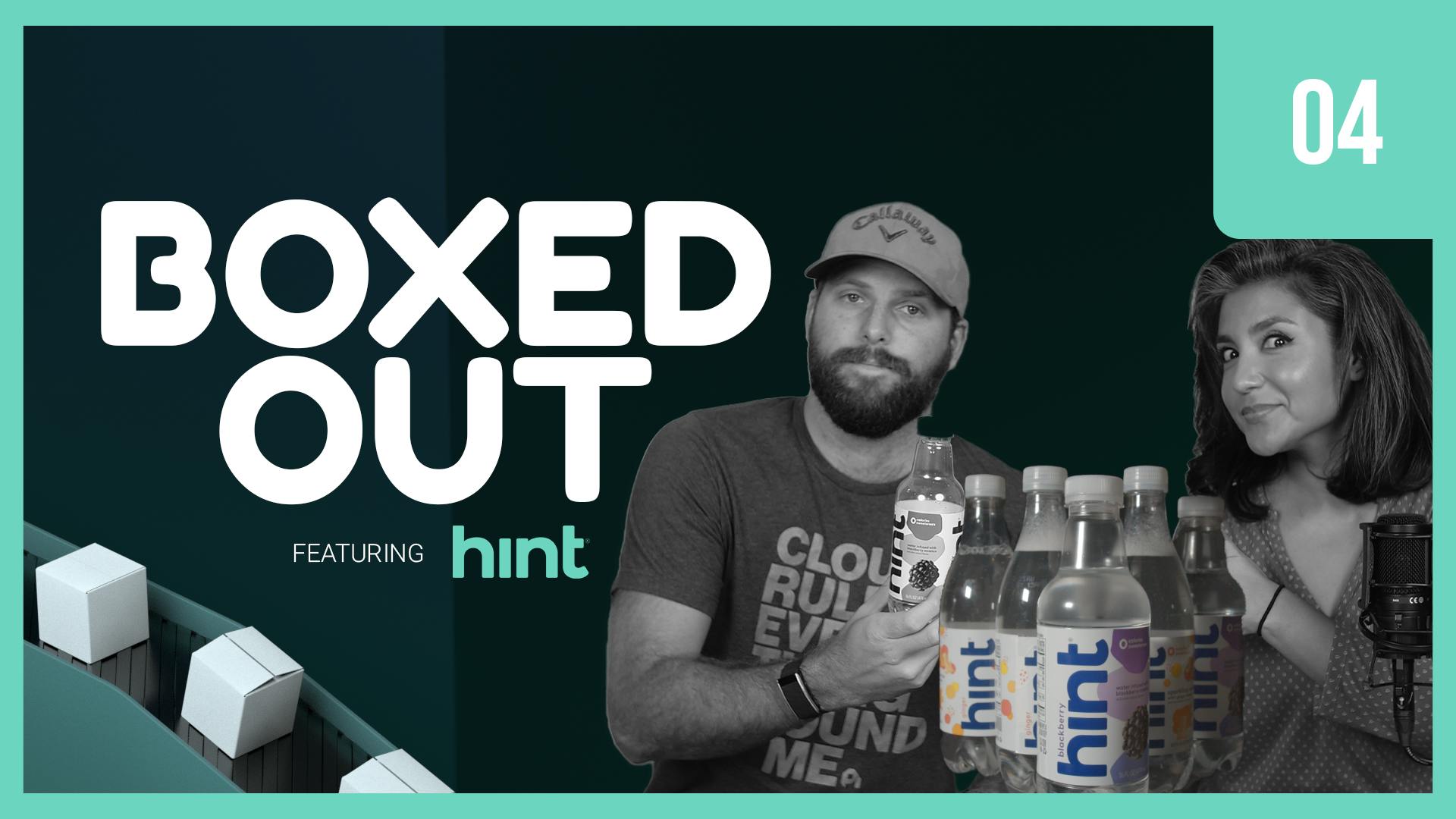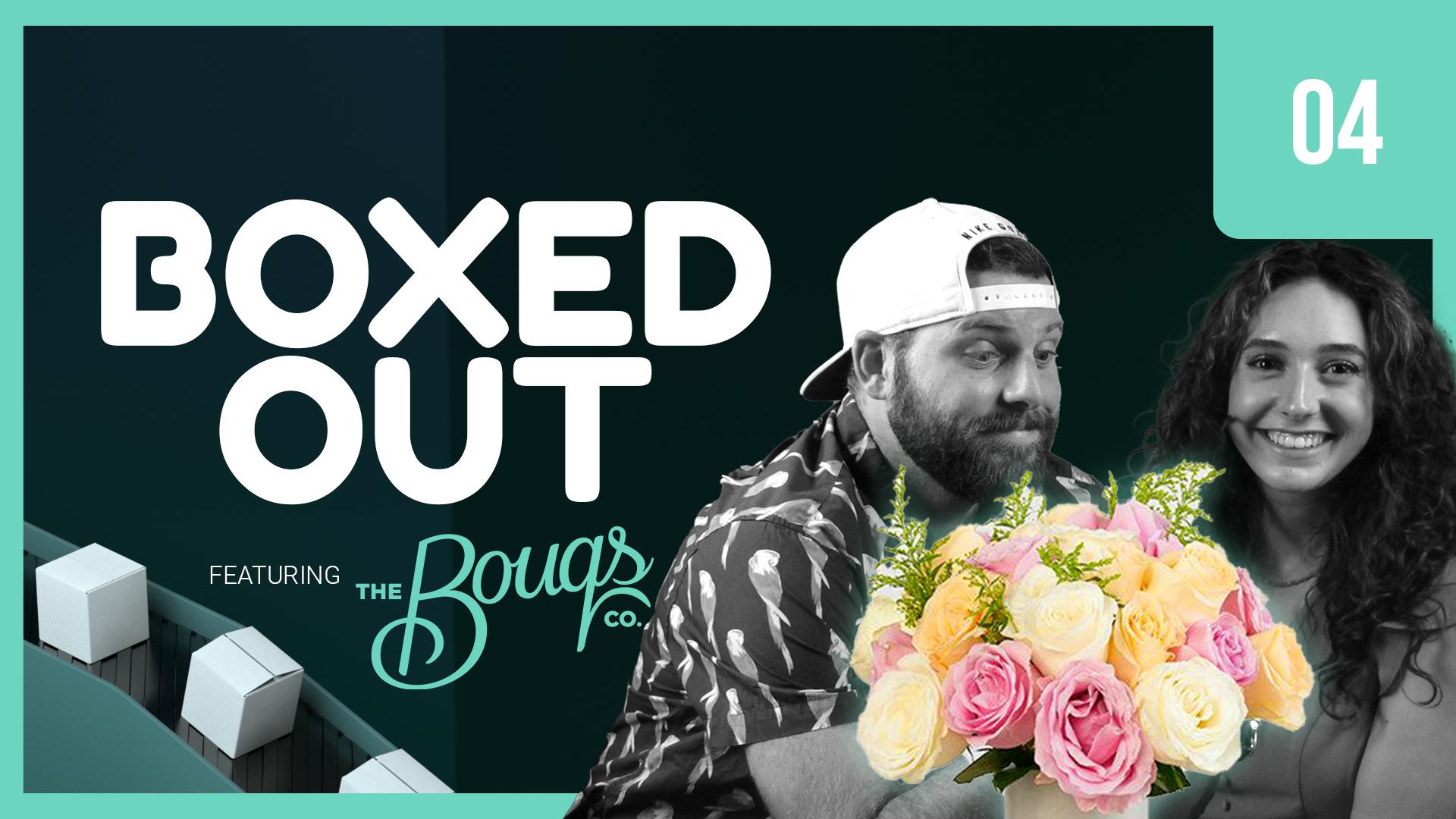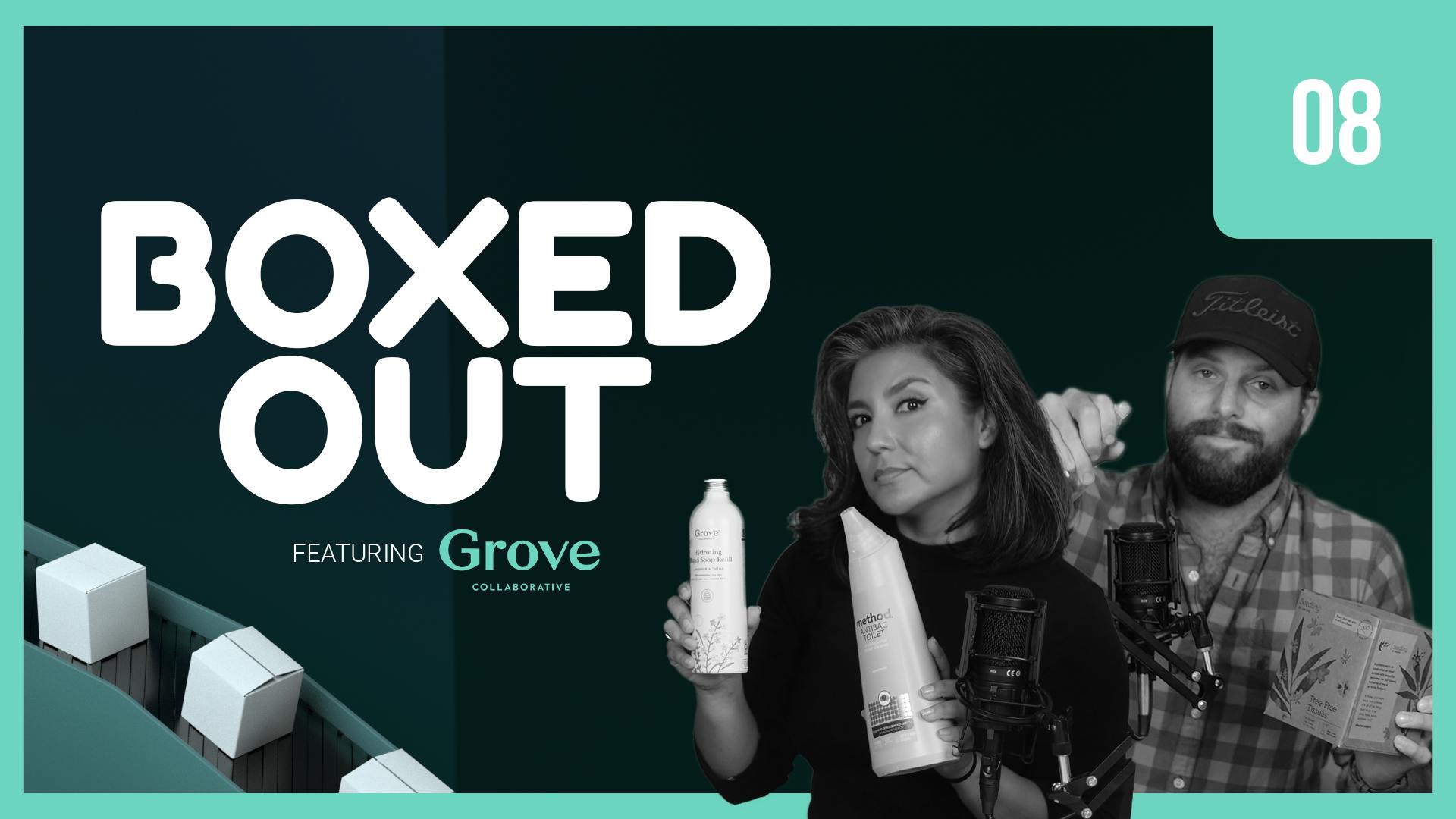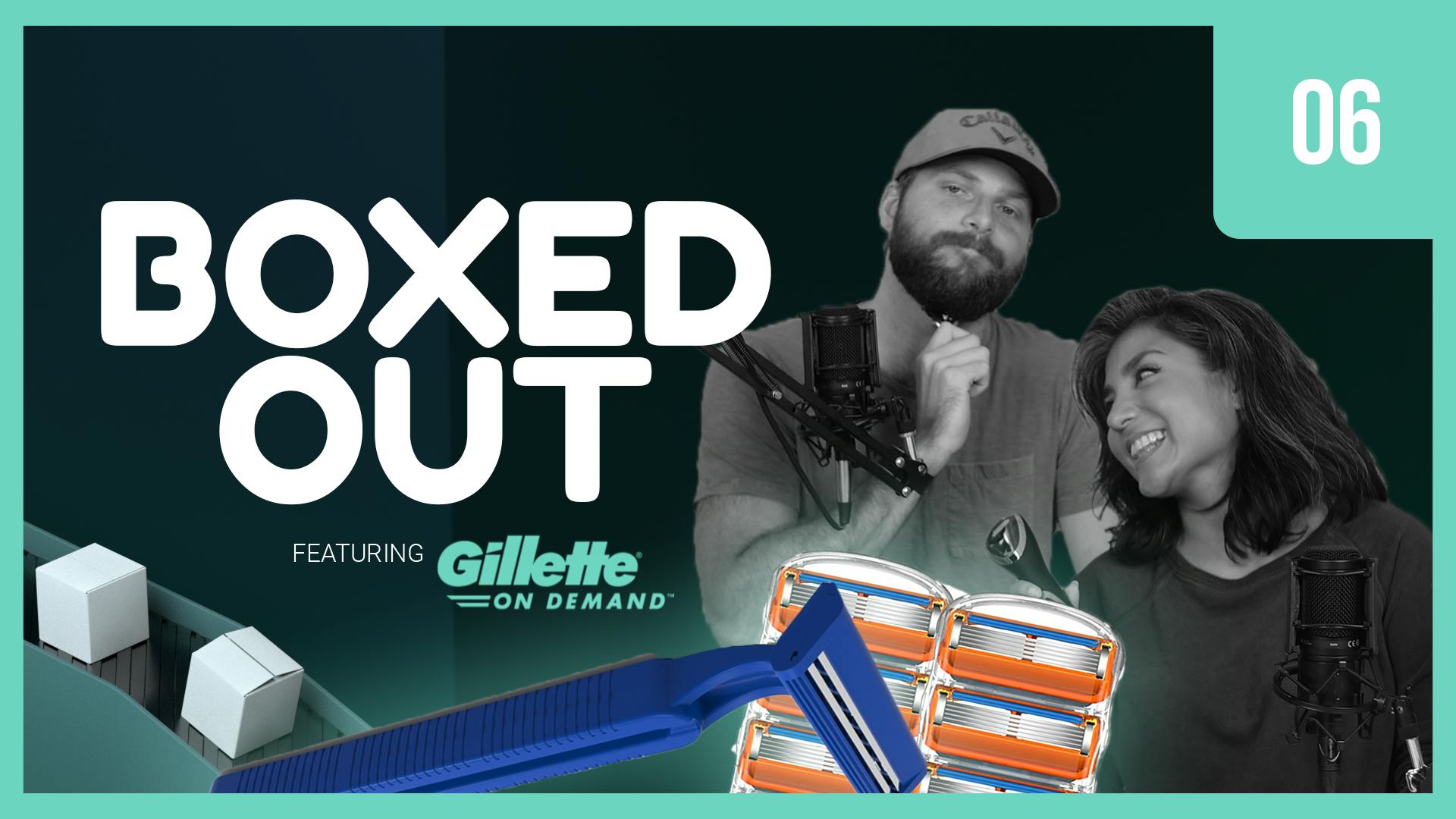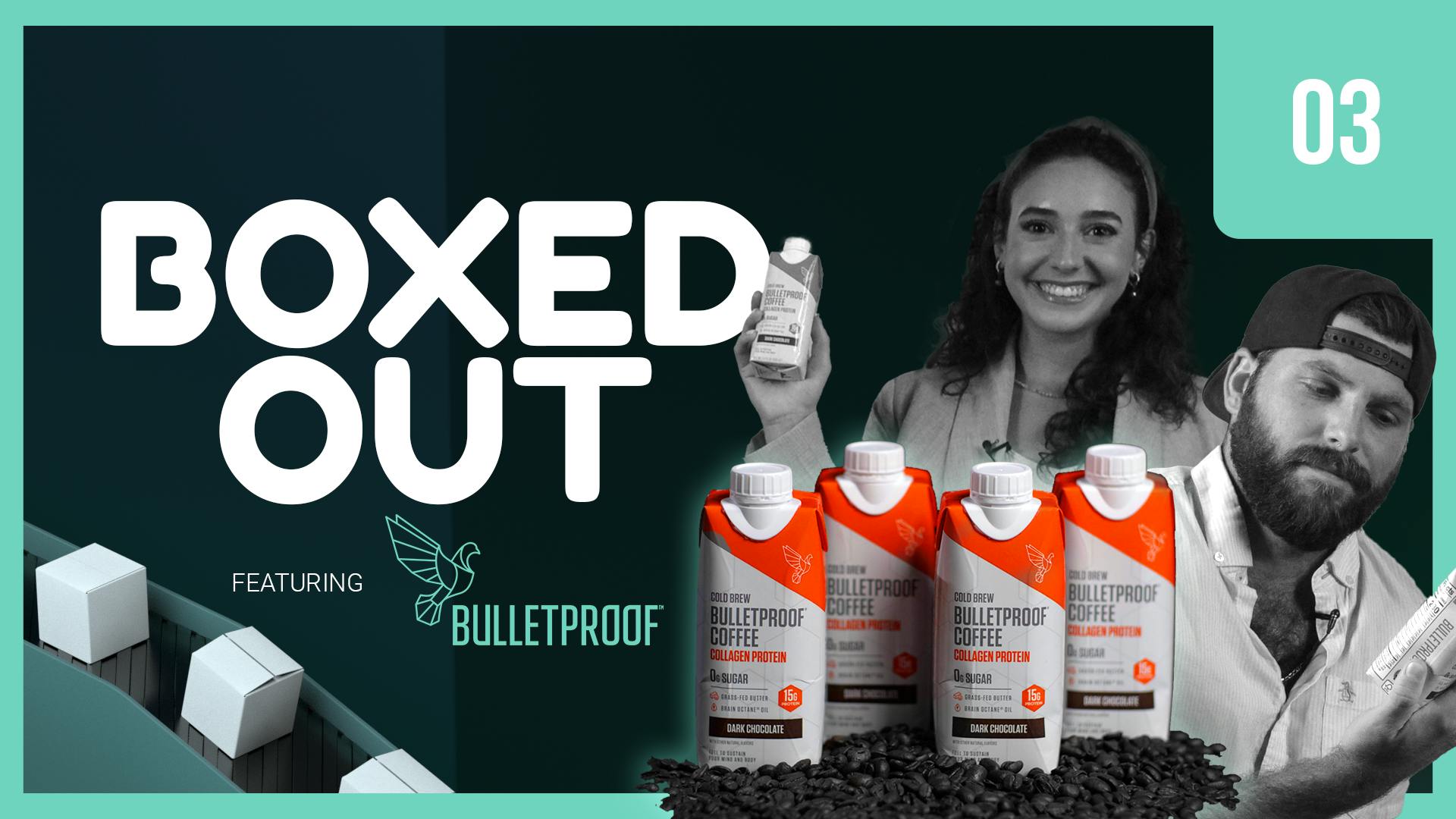
Is Huel's Retention Nutritious Enough?
This episode might reference ProfitWell and ProfitWell Recur, which following the acquisition by Paddle is now Paddle Studios. Some information may be out of date.
Please message us at studios@paddle.com if you have any questions or comments!
Today we're talking about Huel, a company that's taken on the multi-billion dollar alternative meal market by expanding the market and meaning of what meals can be. We're going to learn how Huel used high integrity ingredients and a shifting global palette to their advantage, and then we're going to jump into what they're doing great, and not so great, with their subscription retention strategy, wrapping this all up into a nice case study you can use for your own DTC brand.
Key takeaways:
Credit card failure flow
Huel needs a top-to-bottom overhaul of their credit card failures as soon as possible.
- They need four to five plain text emails that go out in an intelligent drip based on the customer's behavior after they realize the card's declined.
- They need SMS messages in this flow.
- Recognize and message expired credit cards.
- Allow users to update their payment information without logging in.
Go community mode
Huel's amassed an enormous group of people that likely are interested in all things relating to living this lifestyle. They need to go full community mode—community members typically have 30-60% higher lifetime value which comes from significantly for both subscriptions and one-off purchases.
- Go all in—make the product a major part of people's identity.
- Build a community with content, swag, and education around living the lifestyle.
Term optimization
Huel needs to go much deeper on term optimization. Longer-term subscriptions retain customers at a 15-30% percent higher rate
than monthly subscriptions.
- Offer longer-term plans in exchange for a discount.
- Remind customers to upgrade to a longer-term plan with a plain text email and an offer with a one-click upgrade.
Huel
The food pyramid is bullshit. We hate to be the ones to break it to you, but study after study after study shows us that the food pyramid gets a lot wrong with nutrition. For instance, did you know fat is actually good for you and sugar is basically akin to poison at this point? Yea, turns out we don’t really know a lot about nutrition, even though food is the center of our lives and culture. We’ve never had more options for our daily caloric intake, but somehow we’re still malnourished of certain nutrients and vitamins. Turns out getting the right, balanced diet is pretty difficult.
The confusion and lack of convenience led to Julian Hearn founding Huel in 2015 to provide ready-to-eat meals that were perfectly balanced with vitamins, minerals, and calories. Hearn discovered just how complicated nutrition was when he dropped from 21% body fat to 11% by carefully weighing, cooking, and planning every meal. His friends couldn’t replicate his success, because it was too much work, so he launched Huel to fill the void.
Huel's success
Products like Slimfast and ensure have been around for quite some time though, so Huel is taking on this multi-billion dollar market through two main success factors:
First, Huel expanded their market by focusing on the health conscious. Competitors in the space focused on weight loss, Huel chose to focus on lifestyle. While Huel can help you lose weight by ensuring you don’t overeat, this isn’t their main focus. Instead, they’re focused on the convenience and cost saving of getting the proper type of calories you need. It’s an important distinction, because weight loss fads come and go, but nutrition is forever. In turn, Huel’s customers stick around into the long term, thereby juicing Huel’s revenue and retention performance.
This long view leads to the second success factor—Huel’s developed their brand for the long term. Huel optimizes every touch point: the product, the look and feel of it, the way they speak to customers, the delivery box, emails, ads. Everything has the long-term vision of nutrition in mind. You won’t see “lose 20 pounds in 4 days” marketing here, because it’s about the quality and revolution of nutrition. Throw in some simple swag that signals you’re a Hueligan and you have a recipe for long-term growth.
All of this comes out in Huel’s quality, too—just full of nutritionally complete food. They’ve developed the recipes over time, but they’re made of an ultra fine blend of oats, rice, peas, coconuts, and a balance of 27 essential micronutrients. All the fuel your body needs.
The focus on quality and brand has led to selling over 100 million meals in over 100 countries and as Huel looks to expand internationally, they’re showing no signs of slowing down, especially with thousands and thousands of positive reviews.
Huel's retention review
Not everything's amazing about Huel's strategy, though there is a lot we can learn from them. Their retention does need work. Most brands though, don't focus on this aspect of their business enough.
Why is retention important?
You spend half of your budget and time acquiring customers, but to be successful, you need to keep them. The beauty of the subscription model is that the relationship with the customer is baked directly into how you make money. If that customer is happy, they'll keep buying from you in the long term. If they're upset or not seeing the value, they'll cancel quickly.
Plus, money talks here. Those subscription ecommerce companies using the tactics we're going to talk about have 2x the customer lifetime value (LTV), 2x the average order value, and 3x higher growth rates, because they're not worried about plugging a leaky retention bucket.
To highlight the importance here, let's look through Huel's retention strategy and break down what they're doing well, and not so well, so you can learn for your own DTC business.
Retention has three parts:
- Active churn, which are customers who are actively choosing to cancel your product.
- Expansion revenue, which are your existing customers that buy more product.
- Delinquent (or involuntary) churn, which are customers who's credit card or payment has failed, which sadly is one of the largest single buckets of where you're losing money.
Huel's active churn:
When we look at Huel's active churn, there are so many reasons why a customer may cancel. We want to make sure Huel is not only setting up their customers for long-term retention in the initial purchasing process, but that they're also collecting information on why someone's cancelling, if they so happen to, in order to get a clean cycle of retention improvement.
The bad:
Huel was pretty lacking on this side of Retention. Their cancellation flow was extremely basic and while they did prompt us a little, based on our response by reminding us we could pause a subscription or change up the flavor or type of product we received, they didn't really give us any salvage offers or reason to stay. It felt purely mechanical.
I don't want to lose sight that at least they have something, but given Huel's size and sophistication in other areas of their business, I would have expected more.
The good:
One area they did do well in was making sure the customer could customize their subscription. You can customize flavors and the frequency through which you receive the subscription. It may not feel like much, but those customers who go through a customization flow, even if it's simple, tend to have 10-20% higher retention rates compared to customers who are just adding something to their cart. This is according to a study we completed on 1.6 thousand DTC subscription companies.
A lot of us forget that some friction is great, because it makes the customer slightly work for the product causing more buy in. We also like how they contextualize the per bar or per drink cost. Not everyone, but a good amount of Huel customers are using Huel as a meal replacement and in doing so, may want to understand the cost per meal and just how cheap Huel can be. It's certainly subtle, but it shows a good understanding of their customers. Something to keep in mind if you're going into a larger market.
Huel's expansion revenue prowess:
Expansion revenue is crucial, because your existing customers are more than willing to buy 3x more from you—you just have to make sure to ask. Plus, those customers who have at least one add-on or additional purchase tend to have 18-54% higher lifetime value, meaning they're paying you more over the life of the subscription, but they're also sticking around longer, because they're more engrained within your product.
The good:
Huel actually does a really good job here. When we flow into the checkout experience, they have this pop up that tempts me with samples of their other products. Sampling has been key for a lot of brands to expand across customer's use cases and preferences, offering up the sample gets them to potentially add more to their subscription.
The bad:
One thing I would tweak here is the UX of this modal though. I likely would not show each individual bar and instead have the option to choose a flavor or see the flavors in a drop-down. There's a bit of analysis paralysis with the number of options here, so this is a good experiment for the Huel team to work on expansion revenue.
I was a little disappointed in the lack of upsells and cross-sells after the initial purchase. We were kind of just put into a generic email drip campaign, rather than having something tailored to us in order to get me to purchase more on a subscription over time. We did like how they showed us the benefits of creating an account in the check-out process though. That was great, because it actually starts the path of getting us to subscribe or buy more.
Huel's credit card failure flow:
Now let's talk about the sexiest topic in the world—credit card failures. We know you don't wake up sweating in the middle of the night thinking about credit cards—that's our job—but here's why we obsess over things like this: just under 40% of the customers that leave you are leaving you because of failed payments. To get these folks back, we want to make sure Manscaped is treating these folks like a marketing channel, sending them messages before the point of failures, all the way to after the point of failure through email and text messages.
Needs improvement:
This is where we were supremely disappointed in Huel. We received zero, and I mean zero, notifications that our credit card had failed and that we needed to update our payment. The only email we received was an upcoming order email that had the basics. It was in plain text, which we do see works better than HTML market-y emails, but they didn't soft try our credit card or anything to remind us our card was in need of updating within this email.
There was just nothing done here except that they did retry the card six times, which is saying something, but based on what we're seeing, we bet Huel is likely losing millions of dollars in lifetime value.
Overall:
If we take a step back though, I think Huel has done a bare minimum job in their retention, so there's a good amount of work to be done. They just need to take the talent they've applied to the brand, product, and experience and apply it more to the retention side of their business.
Retention revamp
Let's revamp. First though, why do we feel we have any authority to even talk about this? Roughly 20% of the entire subscription market is using ProfitWell, so we're sitting on more data than anyone else. Simply put, we have the data to know what works and what doesn't, and we care more about this problem than anyone else out there.
Let's walk through three big things we'd change immediately about Huel's retention strategy, so we can all learn for our own brands.
3 changes needed now:
- Credit card failure flow
Huel needs a top-to-bottom overhaul of their credit card failures as soon as possible. They're losing a lot of money by basically doing nothing, and it's insane that they haven't realized this yet. They need four to five plain text emails that go out in an intelligent drip campaign based on user behavior and data after they realize the card's declined. They need SMS messages, they need to recognize and message expired credit cards, and they need to allow users to update their payment information without logging in. It's hard to get deep on any one thing because they need basically everything. - Go community mode
We'd love to see Huel go full community mode. We've seen that folks who use Huel or similar products, like Soylent or Bulletproof, make these products a major part of their identity, especially if they're body hacking or even just using the product to replace most of their meals. Huel's amassed an enormous group of people that likely are interested in content, community, and just help in living this lifestyle.Huel does a basic job with this with their T-shirts and other swag, but the brand that goes all in on this is likely going to end up winning substantially. We've seen those who go hard into community tend to win, because community members typically have 30-60% higher lifetime value which comes from significantly higher average order value for both subscriptions and one-off purchases. Plus, there's likely plenty of people willing to pay five to 20 dollars per month for this type of subscription if Huel put the right elements in it. - Term optimization
Right now we're not seeing a customer able to pre-pay for an extended subscription in exchange for some cash off. This is a missed opportunity for such a lifestyle intensive product like Huel. Give us the opportunity to buy a three-month supply or more for a bit of a discount. These longer-term subscriptions retain customers at a 15 to 30 percent higher rate than monthly subscriptions, as we found in doing a study on over two thousand DTC subscription companies.
So, even an incremental amount of customers on these plans will pay dividends.
The discount doesn't need to be much, or could even be a bundled offer, something like, "Sign up for a quarterly plan and receive a bar subscription for $5 off." These offers tend to move the needle and those customers on longer-term plans retain at a much higher rate.
Keep in mind that you can ask customers not only in the checkout flow, but also after the purchase has been made.
New users may want to try the product out before committing to something longer, so reminding them through a plain text email with an offer and then a one-click upgrade to a longer-term plan helps boost overall lifetime value considerably. We didn't receive any emails like this post purchase. They could even put this on the order confirmation page which is an often overlooked piece of real estate for offers.
We do have a lot of hope for Huel though because these changes aren't major, but they'll have a big impact. I'm most excited that they can actually gain market share and retention by applying the great copy writing and marketing to their flows. They clearly take optimization seriously, and we know they can succeed here in boosting that recovery rate substantially.
Who's up next?
Next week we're going in a completely different direction and we're going to be learning from Black Rifle Coffee Company, a brand that's embedded a point of view and values right into a seemingly commoditized product. We'll see what they're doing well and not so well. So make sure you subscribe to Boxed Out and tell your friends, so we can get this knowledge into the hands of as many people as possible.

